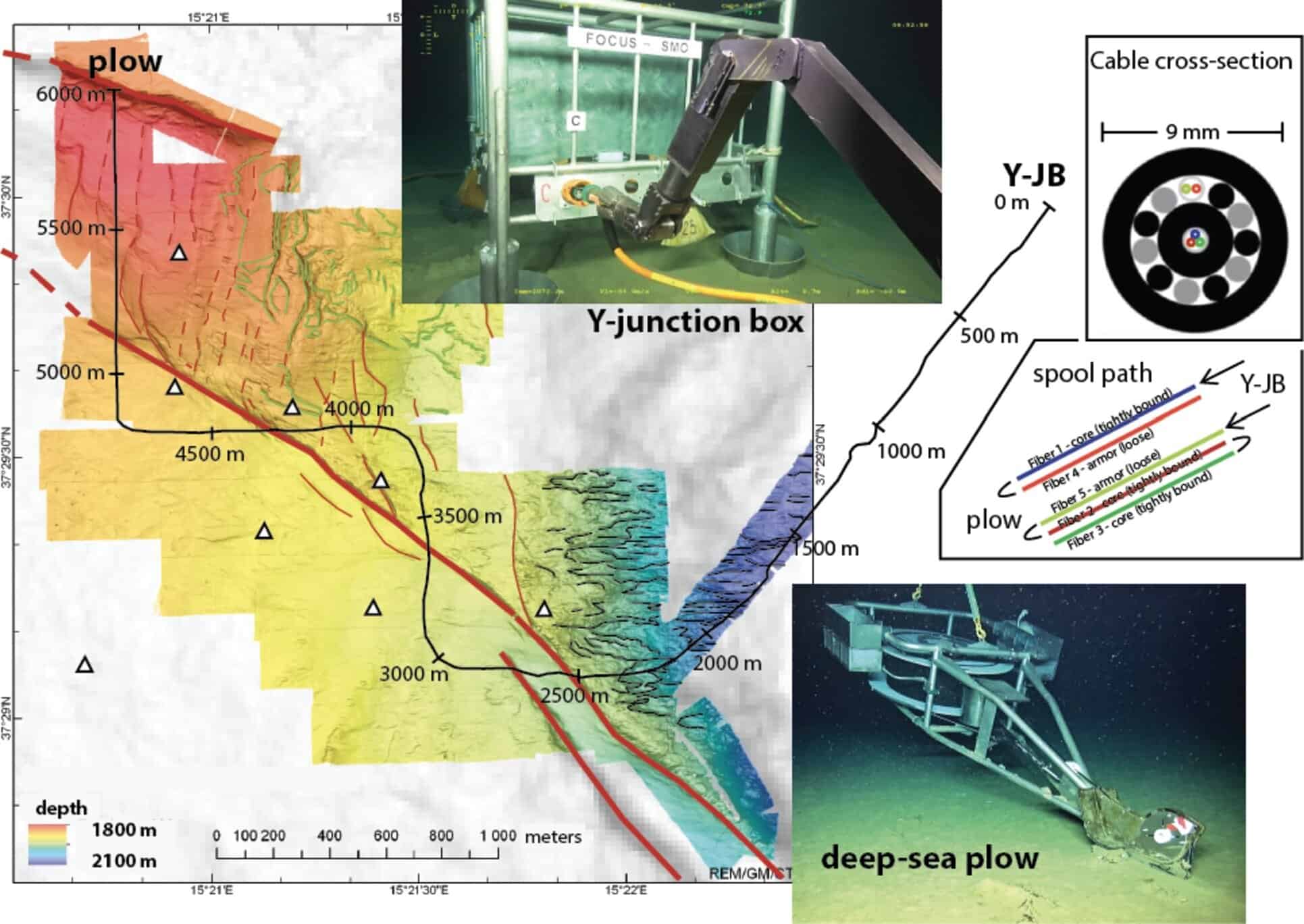We talk a lot about satellites and cloud communication, but the bulk of communication still relies on underwater cables. In fact, over 95% of international data and transfers are currently routed through seafloor cables. These cables are not invulnerable — they can be damaged by earthquakes and tsunamis. Now, researchers may have a new way to monitor this damage.

In recent years, earth scientists have found a new and remarkable way to monitor seismic activity: through cables themselves. This was done with telecom cables on land and a study from a few years ago even suggested that it could be done with underwater cables.
Detecting and monitoring seismic activity is essential for assessing risks to the population and understanding the Earth’s internal structure. In fact, much of what we know about the planet’s deep subsurface comes from seismic waves. But since the Earth’s surface is more than 70% water, and most of the seismometers are on land, it’s trickier to monitor seismic activity at sea because you have big gaps with no sensors.
Previously, researchers showed that if an underwater cable is long enough, its ends can double as a seismometer to localize earthquakes. In the new study, took it even further.
They used a remotely operated vehicle to deploy a 6-km-long cable at a depth of 2,100 meters below the sea surface of Sicily, in an area known for its geologic activity — particularly its geological faults. The cable was then attached to a longer 29-km-long fiber optic cable. This fiber optic cable works the magic.
Fiber optic cables work by using light to transmit information over long distances. They consist of thin strands of glass or plastic known as optical fibers. Each fiber is about the diameter of a human hair and multiple fibers are bundled together and used to transmit information. By using specialized equipment that analyzes interference, researchers can identify scattered, imperfect transmissions, highlighting areas where the cable was deformed in some way.
This approach enables researchers to monitor cable health in almost real-time. To test this, they deployed 79 sandbags, each weighing 25 kg, at 120-meter intervals along the cable. This extended the overall length of the cable by up to 4 cm. The technology was able to detect this distortion, which is good news not just for earthquakes, but also for other threats to cables.

Underwater cables are often covered by material pushed by strong currents or turbidity flows, and this deformation is hard to pick up. Typically, this monitoring and detection of damage is extensive and costly, but applying this technology means cables susceptible to damage can be identified promptly for repair. By identifying and addressing cable damage promptly, we can minimize disruptions and maintain the integrity of our worldwide connectivity.
The potential applications of this technology could extend beyond simply monitoring the health of underwater cables. Although the research team didn’t focus on this, the same fiber optic cables could also serve as a massive, global seismic network, aiding in the detection and localization of undersea earthquakes. This could be a game-changer for our understanding of Earth’s deep-sea seismic activity, and could dramatically improve our ability to predict and prepare for natural disasters.
Journal Reference: Marc-André Gutscher et al, Detecting strain with a fiber optic cable on the seafloor offshore Mount Etna, Southern Italy, Earth and Planetary Science Letters (2023). DOI: 10.1016/j.epsl.2023.118230









